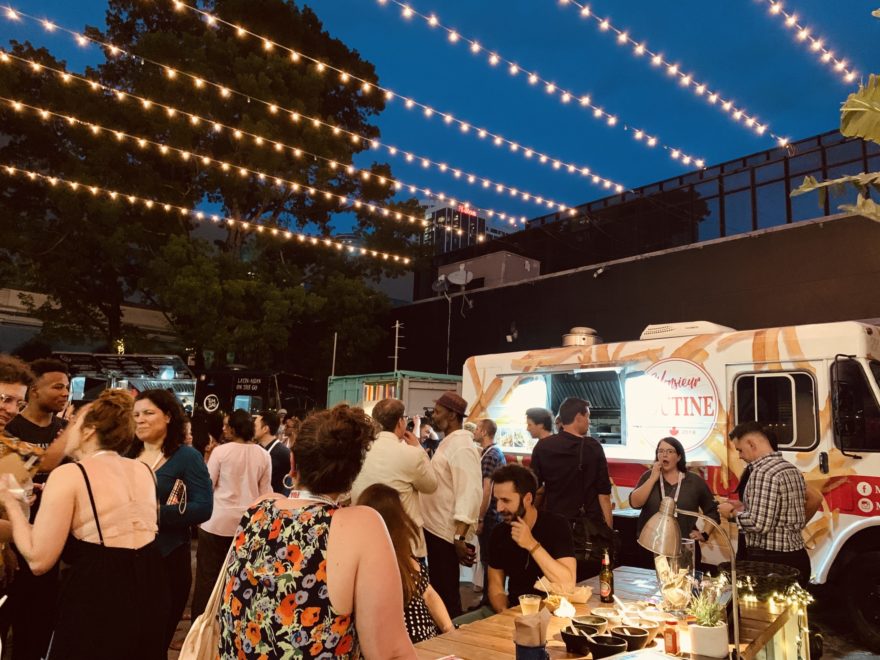News & Notes
Talking community engagement with future museum leaders
For my entire career, I’ve been passionate about contributing to, uncovering the successes of, and overcoming challenges that organizations face when it comes to truly authentic, multi-directional community engagement—efforts that are not merely about outreach and access programs, but about engagement that leads to real social impact.
I was honored to recently participate as a guest speaker, on behalf of Slover Linett Audience Research, during Meena Selvakumar’s Community Engagement course—where students develop an understanding of the theory and practice of community engagement to help museums become agents of change in their communities—as part of the University of Washington’s Museology program. It was inspiring to grapple with big, meaty questions with Meena’s students and to share how critical research is in helping organizations include diverse voices and perspectives in their work and to explain the types of methodologies that are more successful (or not) in measuring impact.
Much of the discussion was rooted in our research and public report commissioned by the Irvine Foundation, The Engagement Revolution: A Study of Strategic Organizational Transformation in 10 California Arts Nonprofits. And as with any conversations tackling difficult topics, this experience left me with more questions than answers, which I will leave just a few with you to ponder (some taken directly from Letting Go? Sharing Historical Authority in a User-Generated World:
- What allows some organizations to embrace engagement more readily than others?
- What are some of the truly transformational practices that have been observed?
- Does putting authority in the hands of visitors and participants increase their enjoyment or enhance their learning?
- Do audiences care about the opinions of other visitors or about alternate perspectives like those of contemporary artists?
- Do audiences and stakeholders miss the authoritative curatorial voice?
It was a privilege to share my personal and professional learnings (good and not-so-good) from working in the fields of education, non-profits, and research, do some self-reflection, and think about the progress (or lack thereof) of the cultural sector at large. It’s so heartening to me that students are choosing to dive head-first into uncovering the potential and challenges of true community engagement before entering the museum field; I am hopeful that the next generation of cultural leaders will continue to bring innovation to future museum/community partnerships and co-creation efforts…and I look forward to seeing their impact. What questions are you and your organizations grappling with?
Photo: Members of Miami’s cultural institutions host a community block party. Photo courtesy Ashley Ann Wolfe.

